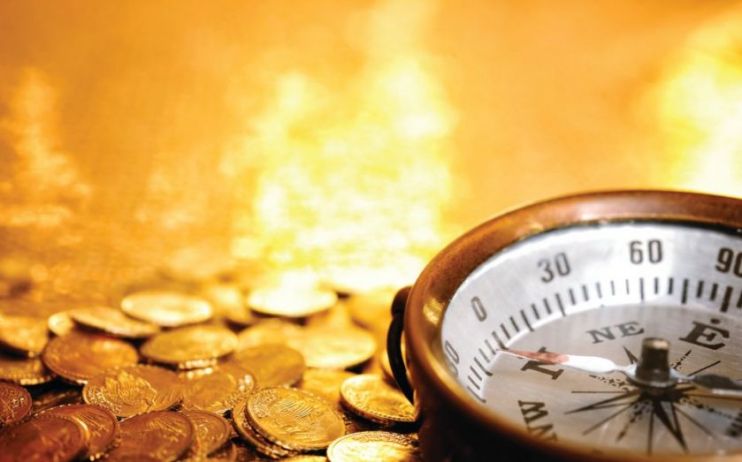Navigating the UK’s economic recovery – a sector analysis

We are living through extraordinary economic times. There is no hiding from the fact that this is a deep recession, and one that provides ample risk for investors. Recent GDP figures paint a gloomy picture and suggest that it will take some time for the economy to fully heal from Covid-19.
The good news is that there are strong signs of a bounce back: monthly GDP rose by 8.7 per cent in June, which points towards the benefits of reopening the economy and easing lockdown restrictions.
Early signs from the three main indicators upon which GDP is calculated — manufacturing, construction and services — show varying levels of disruption.
The construction sector experienced the greatest fall in output, reaching its lowest point in March to May, which was almost half that seen in February. In the short term, there’s scope for construction to lead the recovery — partly thanks to government infrastructure spending and steps to unblock the housing market.
Recent surveys point to rising house prices across much of the country, following sharp falls earlier in the summer. This suggests that the government’s attempts to encourage home buying have had some success. However, the medium-term outlook for construction remains uncertain. It’s still unclear how much the changes in behaviour that have been forced upon the country will become permanent choices. Working from home and online shopping may have significant implications for demand for office and retail going forward.
While the decline in the services sector is concerning, the good news is that consumers are already getting out and spending. Retail sales have increased 3.6 per cent in July, and the first two weeks of August were seven per cent higher than last year. However, prolonged consumer confidence is vital for this sector to fully recover, and that ultimately will be driven by employment. The furlough programme remains an important support for household income and its end date in October could represent a risk to the recovery. The latest data from the ONS suggest that around 13 per cent of the workforce remains on furlough, although that figure is gradually coming down – hopefully that will continue.
With social distancing set to last until a vaccine becomes available, it will be difficult to shift consumer behaviours back to pre-pandemic levels and return to normal spending habits. The recent spending impact of Eat Out to Help Out and the VAT tax relief seems to certainly be working in the short term, but without necessarily providing a long-term solution.
The government continues to face some important economic policy challenges. It’s a delicate balancing act: continue to encourage the recovery while thinking about how to tackle the deficit.
Government debt has risen above £2 trillion for the first time, and even though bond yields remain low, the chancellor is floating various tax ideas to raise revenues and start to rein in the deficit.
That’s likely to prompt criticism from those potentially most impacted (possibly second home owners and the self-employed) and those who believe that it’s premature in the recovery to try to balance the books. Extending the current schemes seems unlikely, but we could still see some more creative proposals in its place.
While the initial bounce back in terms of macro data has been quite strong, it’s too early to say that the recovery is sustainable – particularly given the healthcare uncertainties. Some of the changes in consumer behaviour we’ve seen over the past few months are likely to stay. More working from home and more online shopping will probably have long-term implications for city centres. And, lest we forget, the news on Brexit negotiations is currently quite bleak.
Even if we see progress on Covid-19, Brexit could still prompt a new wave of sector disruption heading into 2021.
Main image credit: Getty